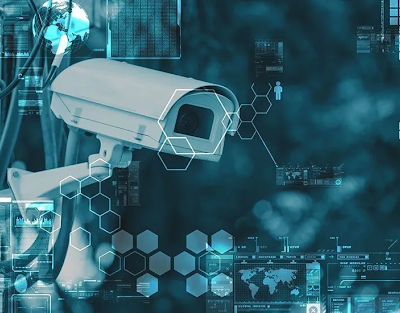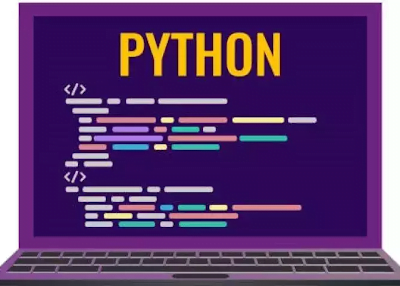The remote work culture has been in development since the late 2010s. However, the push from the pandemic resulted in an acceleration of the process. As more companies hire remote employees, the concept of zero trust security has arisen. Larger organizations are now trying to grasp the concept more intently to employ a more secure work-from-home environment for their employees. The article attempts to explain how zero trust security works and why every organization, large or small needs it.
Understanding the Need for Zero Trust Security in Your Organisation:
What is Zero Trust?
First and foremost, zero trust security is neither a technology, product, or vendor. It is a model dedicated to data security and privacy. The security model relies on the concept of verifying or authenticating all users. The monitoring is more stringent in core and critical areas. Moreover, untrusted information disguised as available resources could very well compromise the security of the internal network of the organization.

On the other hand, zero trust security enables users, specifically those closest to the corporation’s resources, double and triple-checked for any redundancies or breaches. To achieve it, organizations implement protocols to track, monitor, audit, and alert the IT teams of potential security breaches.
The concept of zero trust security is almost similar to the principle of least privilege. However, in the former, all information undergoes authentication and verification, not only the privileged resources.
Why Does Your Organisation Need Zero Trust Security?
In today’s day and age, data is both power and money. When in the right hands, it proves to be a boon. However, when in the wrong hands, it could cause a significant breach in data security and authentication. It would also help the organization plan for any untoward incidents in the future. Thus, zero trust security may be the future of any data security measures.
Turn Down Cyberattacks:
Cyberattacks that cause a breach in data could result in two-way losses for a business or organization. On the one hand, it causes loss of sensitive data and resources. On the other hand, the clientele of the business tends to lose their trust in the organization.

Zero trust security does not distinguish between proprietary privileged data and nominally necessary data. Treating all data from all sources with an equal level of multi-factor authentication significantly reduces the chances of facing cyberattacks with malicious intent.
Better Compliance and Trust:

Zero trust security allows for more employee compliance with company policies. The model and architecture cause an increase in trust among the organization’s clientele. Zero trust security can also be used in conjunction with other trusted vendors that prevent cyberattacks. This creates a more secure digital environment for remote workers as well as the customer base of the business.
Assists in Tackling Various Risks:
Zero trust security helps organizations assess potential risks for security breaches. Also, there is improved governance of data over cloud servers. Monitoring the data for potential security breaches can help track potential holes in cybersecurity. Moreover, an improved risk assessment also helps companies update their policies ahead of time.

One of the most vital aspects of zero task architecture is that it helps the organization implement faster and safer data systems and stay ahead of any developing breaches. The concept of human error from authentication is also eliminated. Frequent updating and auditing are also included in this model.
Secure Work from Home:

As mentioned earlier, a data breach is an important concern in today’s day and age. As with the pandemic, the escalation of more remote employees put networks and resources at significant risk of theft or malicious use. Thus implementing zero trust security provides for a safer and more secure work-from-home environment.
Conclusion:
Earlier, the use of the principle of least privilege resulted in significant risks of security breaches and redundancies. On the one hand, this resulted in data and even financial losses. On the other hand, this also results in the loss of trust for consumers or clientele of the business. With more employees working remotely across several platforms, the exposure of an internal network faces significant risks of a security breach. It is particularly true for those closer to more critical resources or who work on guided platforms established outside the internal data network.





